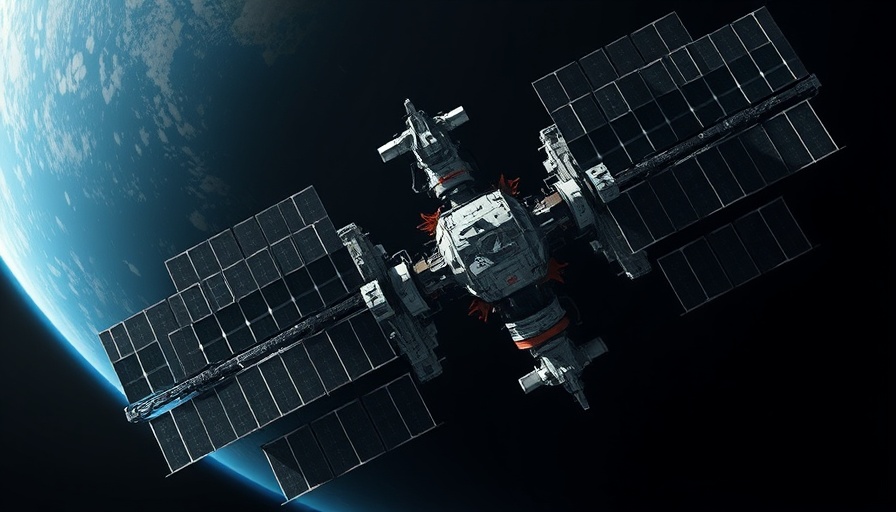
Exploring the Unseen Impact of Space Travel on Aging
The allure of space exploration embodies human ingenuity, yet a recent study unveils a critical side effect: the acceleration of aging in blood stem cells during prolonged space travel. Understanding these biological transformations is essential as humanity sets its sights on ambitious missions, from lunar bases to Mars colonization.
Blood Stem Cells: The Vital Life Force
At the heart of our immune defense lies hematopoietic stem and progenitor cells (HSPCs), responsible for generating blood cells vital to our survival. These cells are not just critical for maintaining our bodily functions, but they also play a pivotal role in fortifying our immune system. Research conducted aboard the International Space Station demonstrated that after more than a month in microgravity, HSPCs exhibited concerning signs of accelerated aging. With compromised functionality, these cells struggle to replenish the blood supply, posing significant health risks to astronauts during long-duration missions.
The Mechanisms Behind Cellular Aging
The investigation utilized an innovative “nanobioreactor,” which simulated terrestrial conditions while allowing scientists to monitor the HSPC behavior in space. The results were striking. HSPCs displayed increased metabolic activity accompanied by energy depletion and DNA damage. This duality points to a physiological struggle, where the cells, facing extreme environmental conditions, activate previously dormant genetic pathways in an attempt to adapt. Such changes evoke profound questions about the resilience of our biology under stress.
The Fallout for Astronauts: Health Concerns Beyond Earth
As we gear up for extended missions beyond Earth, the implications of impaired HSPCs extend far beyond individual health. Astronauts may face increased risks of infection and inflammatory responses, significantly complicating mission success. Understanding these risks is paramount for ensuring the well-being of astronauts and developing protective strategies in future explorations.
From Space Insights to Earthly Benefits
While space travel’s impact on HSPCs is alarming, the insights gleaned from these studies offer valuable perspectives on aging on Earth. The cellular changes observed in space could provide a framework for understanding and combating age-related diseases, including cancer. By delving deeper into these mechanisms, scientists hope to unlock new therapeutic avenues that could improve health outcomes for aging populations on our planet.
The Need for Extensive Research
This groundbreaking research highlights the necessity for further exploration into the effects of space travel on human physiology. Future studies must include diverse methodologies and larger samples to fully elucidate the intricacies of cellular aging in space. As we march toward distant worlds, paving the way for human exploration demands that we utilize comprehensive research to design effective health interventions for our astronauts.
The Road Ahead: Prioritizing Health in Cosmic Ventures
As the era of space exploration evolves, a holistic understanding of the biological impacts of such journeys is vital. Researchers must investigate recovery strategies for HSPCs post-return to Earth, fostering not only our ambition for cosmic discovery but also prioritizing astronaut health. This balancing act between exploration and health ensures that we can thrive in our quest to understand the universe and our place within it.
In light of these findings, it becomes crucial for health-conscious individuals, parents, and business leaders to ponder the implications of astronauts’ health on future space missions. Just as exploring the cosmos can reveal profound insights about humanity's future, understanding how to nurture our bodies, whether on Earth or in space, remains a dogged pursuit worth championing.
 Add Row
Add Row  Add
Add 




Write A Comment